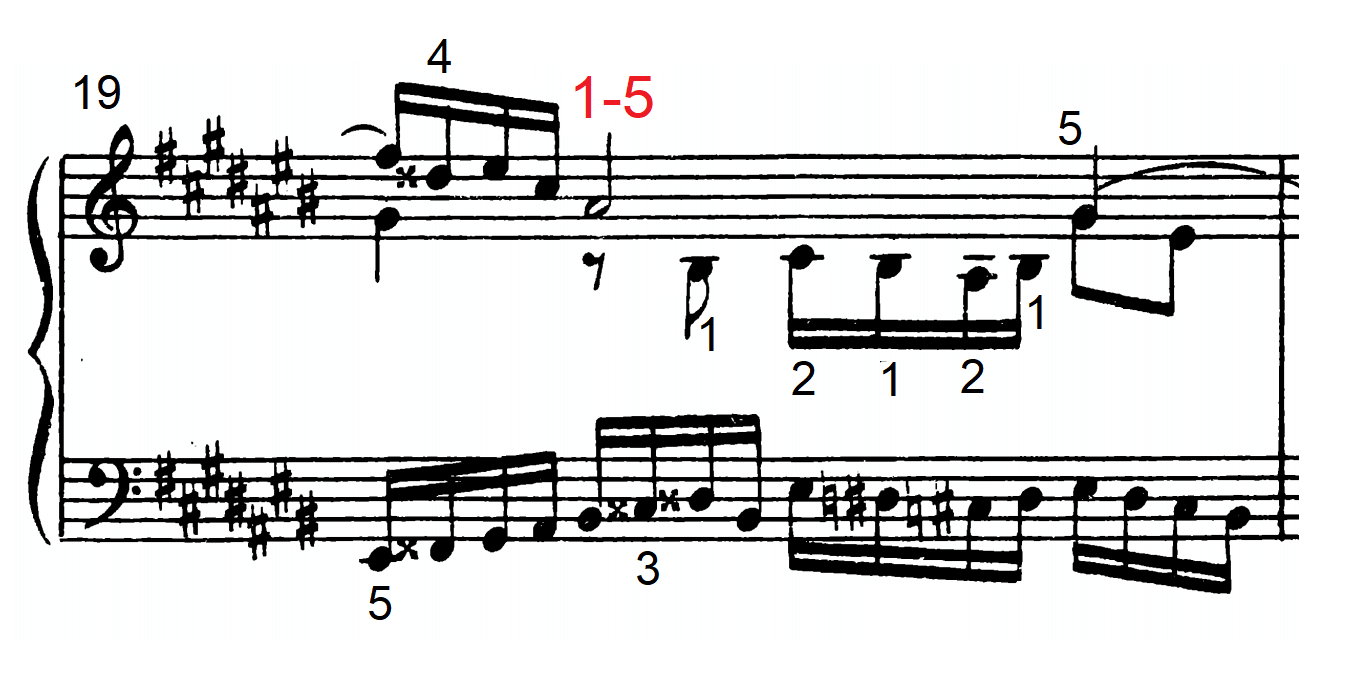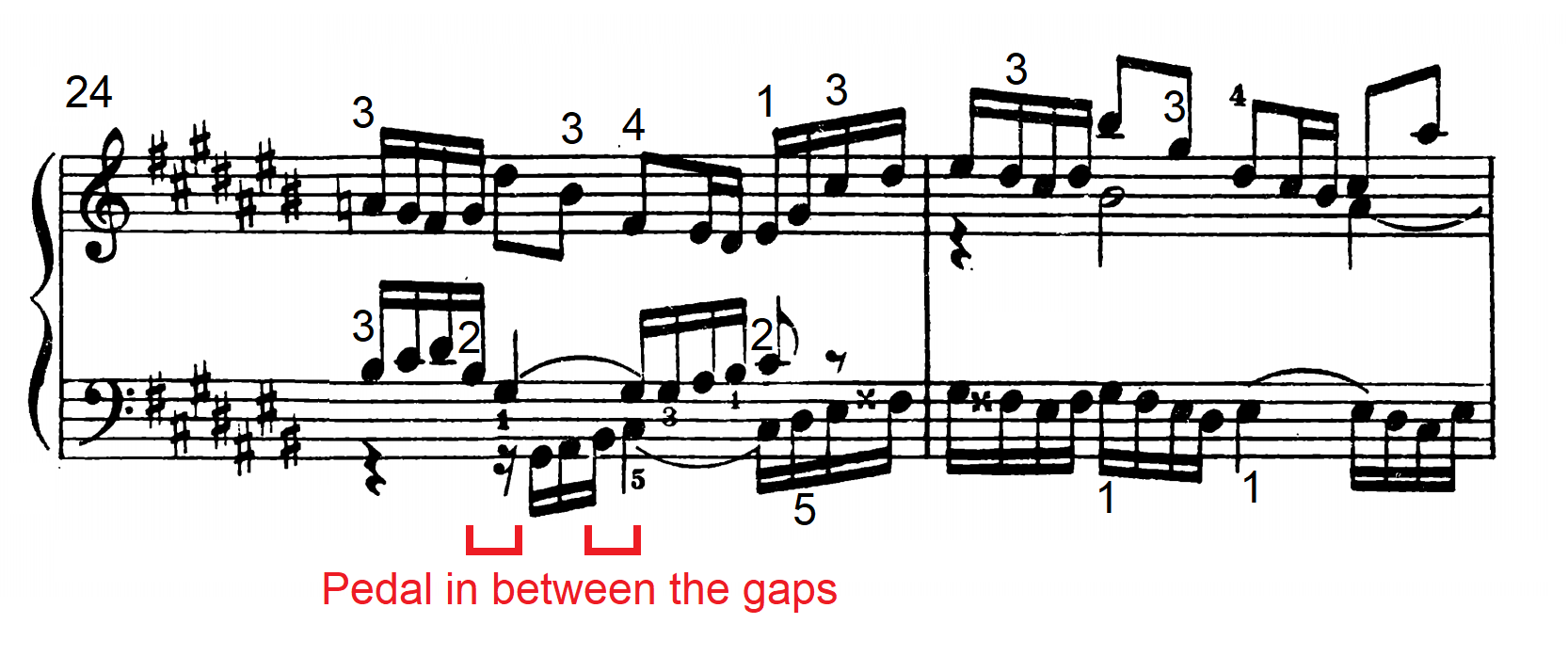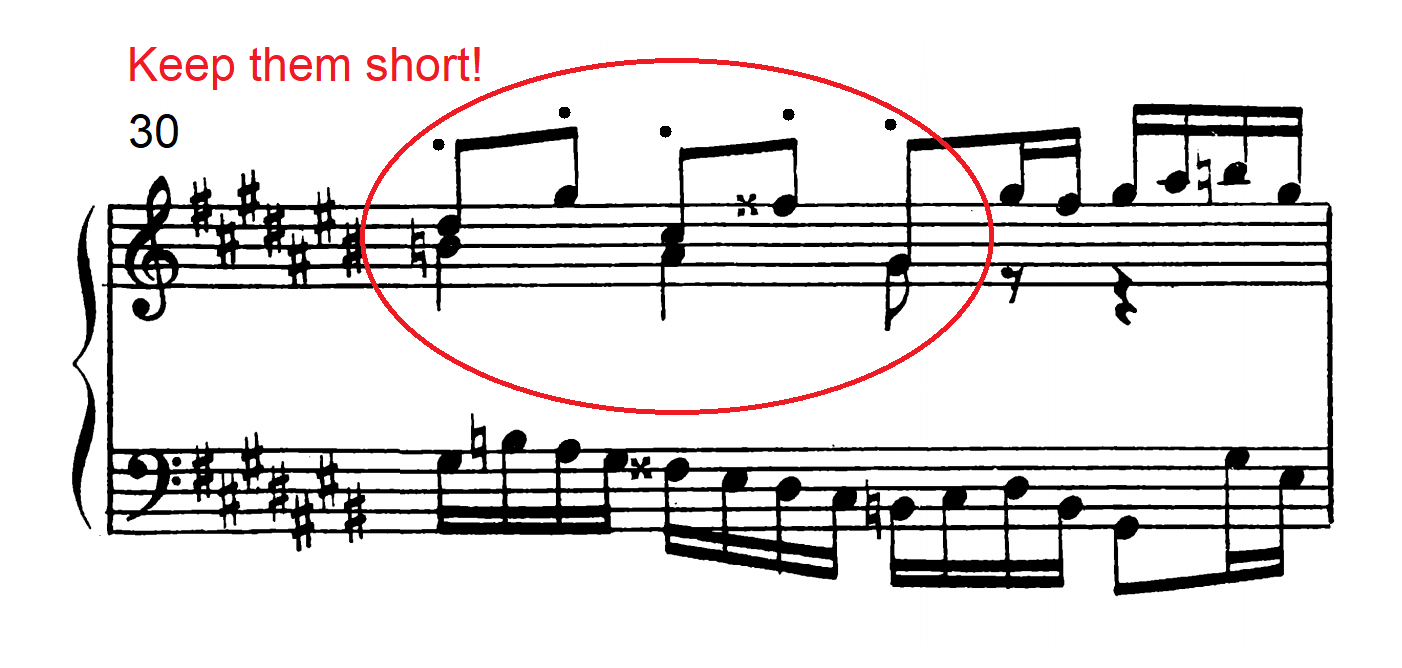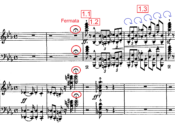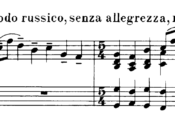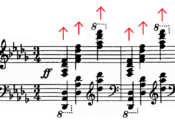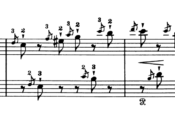Masterclass
Prelude
Think of a whole bar upbeat (anacrusis) before you play, like a conductor would do. Count “And-1”
Bars 1-8: Relax right hand wrist and phrase it more musically. (not like a typewriter) The piano has a wider range of articulation that the harpsichord; you could do more.
Play it with shape. Follow the natural contours of the line. Start soft, a little crescendo to the top and then decrescendo back to the bottom because the music naturally rises high then comes down.
Play the left hand leaps Portato, like a Cello bowing each note. Avoid legato, it sounds like riding a horse.
Also,I would hold those bass notes a little longer so that it forms the harmonic foundations of the piece. If it’s too short, you’re letting the bottom drop out. You need to hold it a little longer.
Play the first bar of the right hand legato, but then point out the top notes (right hand bar 2) like a harpsichord. “Throw” your fingers onto the top notes. Even though it’s slightly detached, it still has a line to it.
Bar 2: Then don’t be afraid to raise fingers, so they can really come down and outline the theme.
Play lighter and slightly faster and shape it. Don’t be too heavy on the arms.
Bar 7: Emphasize the tied note, but avoid an accent.
Bars 9-16: Don’t crescendo here, because you’ve already done it in bars 1-8.
Bars 32-46: There are many chromatic notes. Keep your fingers in the “Gray” Zone of the keys to avoid zig-zagging in and out.
Bars 63-75: Bring out the top notes of the right hand and left hand. They are important harmony notes. Also note that this section is grouped in couplets (2 bars.)
Bar 97-98: Hold the G# bass slightly and feel the climatic harmony of the ascending 7th chord.
Bars 99: Emphasize the start of the descent, which is also the peak of the ascending 7th chord.
Bar 104: Note that there is no fermata on the final chord.So don’t “sit” on it. Instead, take a short breath, and jump right into the fugue.
Also, when you hold the pedal at the end, lift the fingers off the keys when the pedal comes off so it doesn’t look like the piano is holding it and you’re not.
Fugue
Bar 1-2: Articulate it like this:
Bar 16-18: Hold onto the pedal points (eg. E# and A# in bar 16). Use terrace dynamics for the descending sequence.
Bar 17-18: Help yourself with a bit of pedal. Pedal in between the gaps.
Bar 19: Use 1-5 on the long note
Bar 23: you could play it a little less (quieter)
Bar 24: Help yourself with a bit of pedal. Pedal in between the gaps.
Bar 30: Keep the right hand short, not legato. It’s easy to forget about it, because your attention is in the left hand.
Bars 31-34: Take caution – the sequences are very similar.
Bar 35 onwards: It is climatic. “Shout” out the theme, because it is a fragment from the original. Also bring out the bass pedal notes.
Bar 35-41: Play those sequences using terrace dynamics (block dynamics.)
Bar 52: Keep the left hand notes short!
Bar 53: “Surprise” cadence (V-VI). Lean on that a little more. Also, keep the right hand notes short.
Bar 54: Help yourself with a bit of pedal. Pedal in between the gaps.
Analysis
Click Here: https://tonic-chord.com/bach-prelude-and-fugue-no-3-in-c-major-bwv-848-analysis/







